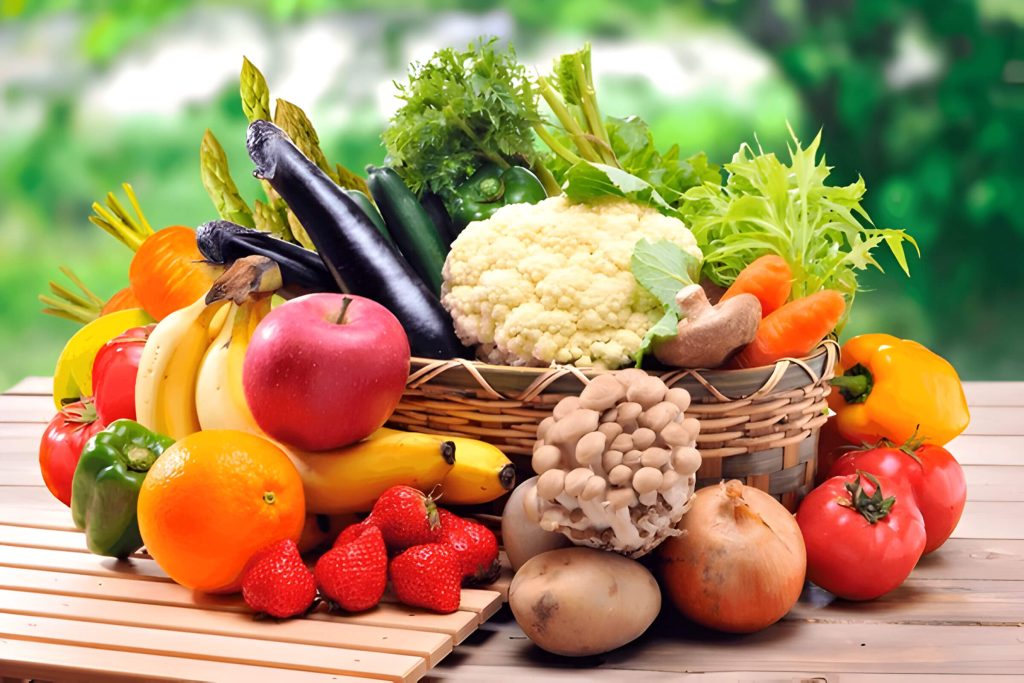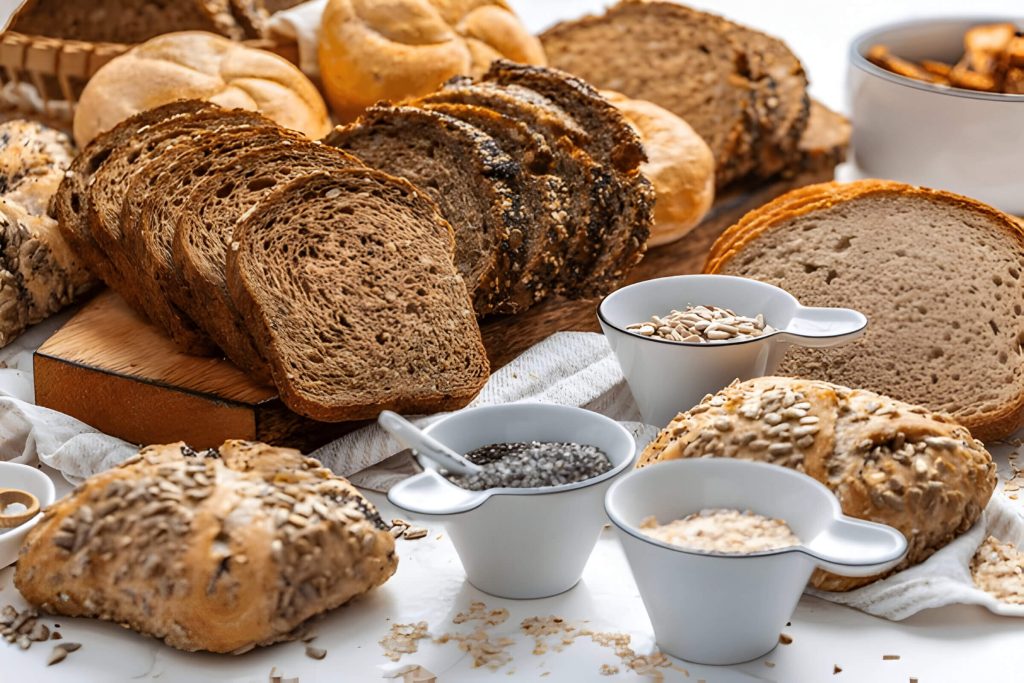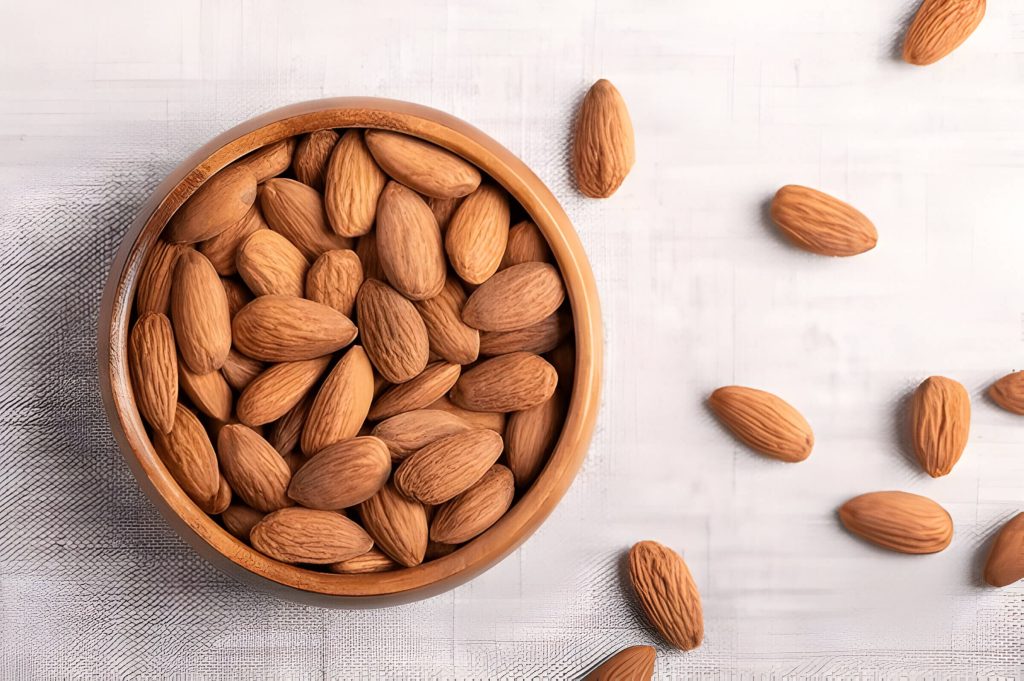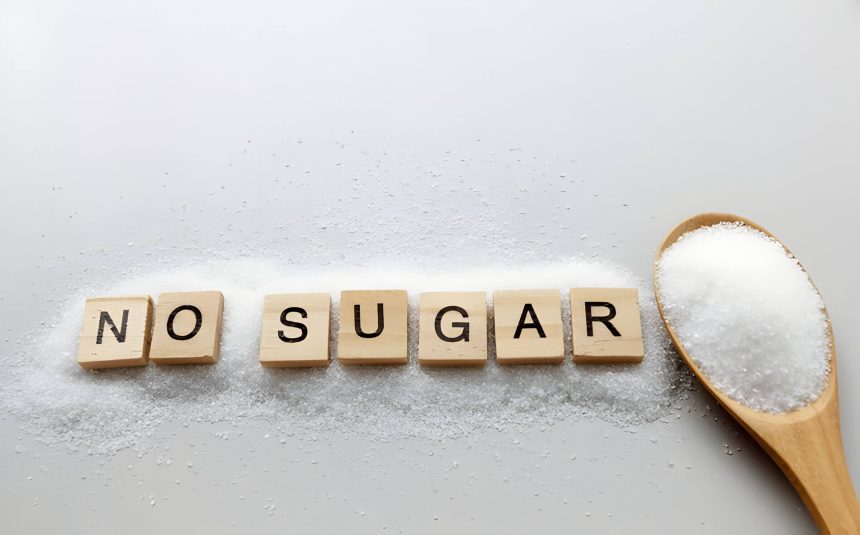Embarking on a no sugar diet can be a transformative journey for your health and well-being. This comprehensive guide explores the benefits and fundamentals of eliminating added sugars from your daily diet, offering practical advice on food choices, meal planning, and satisfying cravings without compromising flavor. From nutrient-rich fruits and vegetables to lean proteins and healthy fats, discover how to create a balanced, sugar-free eating plan that nourishes your body and supports your health goals.
Benefits and Basics No Sugar Diet
The no sugar diet has gained popularity as a way to improve overall health and well-being. This approach involves eliminating or significantly reducing added sugars from one’s diet. By cutting out sugar, individuals may experience several health benefits, including better blood sugar control, weight loss, and reduced inflammation throughout the body.
One of the primary advantages of a sugar-free diet is improved blood sugar regulation. When we consume less sugar, our bodies don’t experience the rapid spikes and crashes in blood glucose levels, leading to more stable energy throughout the day. This can be particularly beneficial for individuals with diabetes or those at risk of developing the condition.
Weight loss is another potential benefit of adopting a no sugar diet. Sugar is a source of empty calories, and by eliminating it, many people naturally reduce their overall calorie intake. Additionally, cutting out sugar can help reduce cravings and regulate appetite, making it easier to maintain a healthy weight.
Inflammation is a key factor in many chronic diseases, and a sugar-free diet may help reduce inflammation in the body. By avoiding added sugars, individuals may experience improvements in various inflammatory conditions, such as arthritis, acne, and even certain autoimmune disorders.
To implement a no sugar diet, focus on whole, unprocessed foods like fruits, vegetables, lean proteins, and whole grains. Be mindful of hidden sugars in packaged foods and beverages, and opt for natural sweeteners in moderation when needed. With dedication and proper planning, a sugar-free lifestyle can lead to significant improvements in overall health and well-being.
1. Fruits and Vegetables

When embarking on a no-sugar diet, fruits and vegetables become invaluable allies in maintaining a balanced and nutritious eating plan. Low-glycemic fruits, such as berries, apples, and citrus, offer natural sweetness without causing significant blood sugar spikes. These options are not only delicious but also packed with essential vitamins, minerals, and antioxidants.
Non-starchy vegetables are another cornerstone of a sugar-free diet. Leafy greens, cruciferous vegetables, and colorful bell peppers are excellent choices that provide abundant nutrients with minimal impact on blood sugar levels. These vegetables are often rich in fiber, which aids digestion and promotes a feeling of fullness.
Fiber-rich options like avocados, artichokes, and Brussels sprouts are particularly beneficial for those avoiding sugar. They help stabilize blood sugar levels and support gut health, making them essential additions to any no-sugar diet food list.
Incorporating a variety of nutrient-dense produce ensures that your body receives a wide spectrum of vitamins and minerals while adhering to a sugar-free lifestyle. By focusing on these natural, unprocessed foods, you can satisfy your palate and nourish your body without relying on added sugars or artificial sweeteners.
2. Protein Sources
Protein is an essential component of any healthy diet, and it becomes even more crucial when following a sugar-free eating plan. Incorporating a variety of protein sources can help maintain muscle mass, promote satiety, and stabilize blood sugar levels. Here are some excellent protein options for those adhering to a no-sugar diet:
Lean meats: Chicken, turkey, and lean cuts of beef or pork are excellent sources of protein without added sugars. These options provide essential amino acids and can be prepared in numerous ways to keep meals interesting.
Fish: Rich in omega-3 fatty acids and high-quality protein, fish like salmon, tuna, and cod are perfect for a sugar-free diet. They offer numerous health benefits and can be easily incorporated into various dishes.
Eggs: Versatile and nutrient-dense, eggs are a fantastic protein source for any meal of the day. They’re naturally sugar-free and contain essential vitamins and minerals.
Plant-based proteins: For those following a vegetarian or vegan lifestyle, options like tofu, tempeh, legumes, and quinoa provide ample protein without added sugars. These foods also offer fiber and other beneficial nutrients.
Sugar-free protein powders: When looking for a quick protein boost, opt for unsweetened protein powders. Whey, casein, pea, and hemp protein powders are available in sugar-free varieties and can be easily added to smoothies or baked goods.
By incorporating these protein sources into your no-sugar diet food list, you’ll ensure that your body receives the necessary building blocks for optimal health and energy. Remember to balance your protein intake with plenty of vegetables, healthy fats, and complex carbohydrates for a well-rounded, sugar-free eating plan.
3. Healthy Fats
Incorporating healthy fats into your no sugar diet is crucial for maintaining overall health and satiety. These nutrient-dense foods not only provide essential fatty acids but also help stabilize blood sugar levels, reducing cravings for sugary snacks.
Avocados are an excellent source of monounsaturated fats and fiber, making them a perfect addition to salads or as a spread on whole-grain toast. Nuts and seeds, such as almonds, walnuts, chia seeds, and flaxseeds, offer a combination of healthy fats, protein, and minerals, making them ideal for snacking or adding to smoothies.
Olive oil and coconut oil are versatile cooking oils that provide heart-healthy fats and can be used in various recipes. Olive oil is rich in antioxidants and has anti-inflammatory properties, while coconut oil contains medium-chain triglycerides that may boost metabolism.
Fatty fish, such as salmon, mackerel, and sardines, are packed with omega-3 fatty acids, which are essential for brain health and reducing inflammation. Aim to include these fish in your meals at least twice a week.
When creating your no sugar diet food list, be sure to include these healthy fat sources to ensure a well-balanced and satisfying eating plan. By incorporating these foods, you’ll not only support your body’s nutritional needs but also make your sugar-free journey more enjoyable and sustainable.
4. Whole Grains and Complex Carbohydrates

Whole grains and complex carbohydrates are essential components of a balanced, no-sugar diet. These fiber-rich alternatives provide sustained energy and numerous health benefits without the drawbacks of added sugars. Quinoa, a protein-packed pseudo-grain, is versatile and nutrient-dense, making it an excellent choice for various meals. Brown rice, with its nutty flavor and chewy texture, offers more fiber and nutrients than its refined counterpart. Oats are another fantastic option, providing beta-glucan, a soluble fiber that helps regulate blood sugar levels.
Buckwheat, despite its name, is not related to wheat and is gluten-free, making it suitable for those with gluten sensitivities. It’s rich in antioxidants and minerals, adding both nutrition and flavor to dishes. Sweet potatoes, while naturally sweet, are complex carbohydrates that release energy slowly and are packed with vitamins and minerals. Legumes, such as lentils, chickpeas, and beans, are not only high in fiber but also provide plant-based protein, making them an integral part of a no-sugar diet food list.
Incorporating these whole grains and complex carbohydrates into your diet can help maintain steady blood sugar levels, promote feelings of fullness, and provide essential nutrients without relying on added sugars for energy or satisfaction.
5. Dairy and Dairy Alternatives
When following a no-sugar diet, navigating dairy and dairy alternatives can be tricky. Fortunately, there are numerous sugar-free options available for those looking to reduce their sugar intake while still enjoying dairy products or their alternatives.
Unsweetened milk alternatives are excellent choices for those avoiding sugar. Options like almond milk, coconut milk, and soy milk often come in unsweetened varieties, making them perfect for a sugar-free diet. Be sure to read labels carefully, as some brands may add sugars or sweeteners.
Plain yogurt, particularly Greek yogurt, is another great option for those on a no-sugar diet. It’s naturally low in sugar and high in protein. Avoid flavored yogurts, which often contain added sugars, and instead add your own fresh fruits or nuts for flavor and texture.
Cheese is generally a safe choice for those avoiding sugar, as most varieties contain little to no sugar. Hard cheeses like cheddar, parmesan, and Swiss are typically sugar-free. However, it’s always wise to check the nutrition label, especially for processed cheese products.
When compiling a no-sugar diet food list, include sugar-free dairy products such as unsweetened milk alternatives, plain yogurt, and various cheeses. These options can provide essential nutrients like calcium and protein without compromising your sugar-free lifestyle.
Remember, while these products are sugar-free, they may still contain natural sugars in small amounts. Always read nutrition labels and ingredient lists to ensure you’re making choices that align with your dietary goals.
6. Beverages
Staying hydrated is crucial for overall health, but many beverages are laden with added sugars. Fortunately, there are numerous options to quench your thirst without derailing your no-sugar diet. Water, the ultimate zero-calorie drink, should be your primary choice. It’s readily available and can be enhanced with slices of lemon, cucumber, or mint for added flavor.
Unsweetened tea, both hot and iced, offers a wide variety of flavors and potential health benefits without any sugar. Similarly, coffee, when consumed black or with unsweetened milk alternatives, can be a satisfying, sugar-free option.
For those who crave carbonation, sugar-free sparkling water has become increasingly popular. These beverages come in various natural flavors, providing a refreshing alternative to sugary sodas.
Homemade infusions are another excellent choice. By steeping fruits, herbs, or vegetables in water, you can create delicious, naturally flavored drinks without any added sweeteners. Popular combinations include strawberry-basil, cucumber-mint, or orange-rosemary.
When following a no-sugar diet food list, these beverage options ensure you stay hydrated while avoiding unnecessary added sugars, supporting your health goals without sacrificing flavor or variety.
7. Condiments and Seasonings
Embracing a sugar-free lifestyle doesn’t mean sacrificing flavor in your meals. There are numerous ways to enhance your dishes without relying on sugar-laden condiments. Herbs and spices are your best friends when it comes to adding depth and complexity to your cooking. Fresh herbs like basil, cilantro, and thyme can brighten up any dish, while dried spices such as cumin, paprika, and turmeric offer bold, intense flavors.
Vinegar is another excellent option for adding tang and zest to your meals. From balsamic to apple cider vinegar, these sugar-free alternatives can be used in dressings, marinades, and sauces. Mustard, particularly whole grain varieties, is a versatile condiment that’s typically sugar-free and adds a pleasant kick to many dishes.
For those who enjoy sauces, there are many sugar-free options available in stores, or you can easily make your own at home. Homemade dressings using olive oil, vinegar, and herbs are not only delicious but also align perfectly with a no-sugar diet food list.
Remember, when shopping for condiments, always check the labels carefully. Many store-bought options contain hidden sugars, so opting for homemade versions gives you full control over the ingredients. With these flavorful alternatives, you can maintain a sugar-free diet without compromising on taste.
8. Snacks and Treats

When following a no sugar diet, it’s essential to have a variety of satisfying snacks and treats on hand to curb cravings and maintain your commitment to healthier eating. Fortunately, there are numerous sugar-free options that can delight your taste buds without derailing your diet.
For savory snacks, consider incorporating nuts, seeds, and low-carb vegetables into your no sugar diet food list. Almonds, walnuts, and pumpkin seeds are excellent choices, providing healthy fats and protein. Celery sticks with sugar-free nut butter or cucumber slices with cream cheese can offer a refreshing crunch.
When it comes to sweet treats, keto-friendly desserts are an excellent option for those avoiding sugar. These often utilize natural sweeteners like stevia, erythritol, or monk fruit to create delicious alternatives to traditional sweets. Sugar-free dark chocolate, homemade chia seed pudding, and berries with whipped cream are popular choices among no sugar dieters.
For those missing baked goods, there are plenty of low-carb alternatives available. Almond flour or coconut flour can be used to create muffins, cookies, and even cakes without added sugar. These recipes often incorporate eggs and healthy fats to achieve a satisfying texture and flavor.
Remember, while these sugar-free snacks and treats can help satisfy cravings, it’s important to consume them in moderation as part of a balanced diet. By exploring the wide range of no sugar options available, you can enjoy delicious foods while maintaining your health goals.
Tips for Success on a No Sugar Diet
Successful meal planning and preparation are crucial for maintaining a no sugar diet. Start by creating a comprehensive grocery shopping guide that includes a no sugar diet food list, focusing on whole foods like vegetables, lean proteins, and healthy fats. When meal prepping, consider batch cooking staples like grilled chicken, roasted vegetables, and quinoa to have ready-to-eat options throughout the week.
Experiment with recipe substitutions to recreate your favorite dishes without added sugars. For example, use mashed bananas or applesauce in baking instead of sugar, or try stevia as a natural sweetener. Develop a repertoire of go-to meals that align with your dietary goals, such as veggie-packed stir-fries or herb-crusted fish with roasted sweet potatoes.
When eating out, research restaurant menus in advance and plan your strategies. Look for grilled or steamed options, ask for dressings and sauces on the side, and don’t hesitate to make special requests to accommodate your no sugar diet. By implementing these meal planning and preparation tips, you’ll set yourself up for long-term success in maintaining a sugar-free lifestyle.
Embracing a Sugar-Free Lifestyle for Improved Health and Wellness
Adopting a no-sugar diet can be a transformative step towards better health and wellness. By eliminating added sugars and focusing on whole, nutrient-dense foods, you can experience numerous benefits, including improved energy levels, better weight management, and reduced risk of chronic diseases.
Remember that transitioning to a sugar-free lifestyle may take time and patience. Start by gradually reducing your sugar intake and incorporating more whole foods into your diet. Experiment with natural sweeteners in moderation and explore new recipes to keep your meals exciting and satisfying.
As you embark on this journey, stay mindful of hidden sugars in processed foods and always read nutrition labels carefully. Surround yourself with supportive friends and family, and don’t hesitate to seek guidance from a healthcare professional or registered dietitian if needed.
A no-sugar diet is not about deprivation but rather about nourishing your body with wholesome, health-promoting foods. By making informed choices and staying committed to your goals, you can cultivate lasting habits that contribute to a healthier, more vibrant life.
